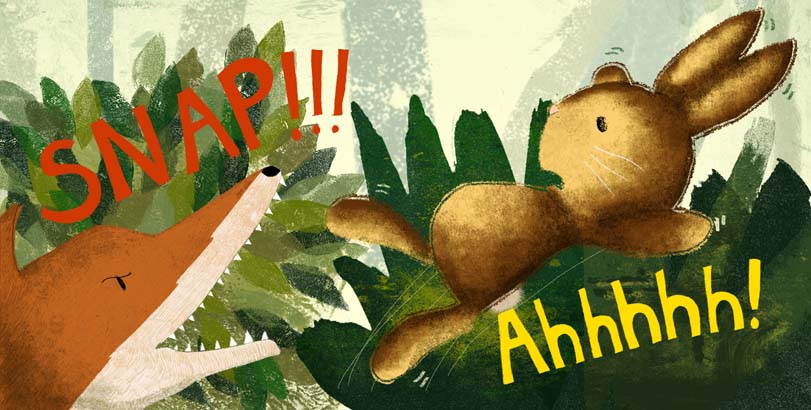 We have been lucky this week. The days have been bathed in a soft autumn light picking out all the shades of bronze and gold in the fading leaves. On the old tythe maps the parish was covered in orchards and nursery gardens. It must have been beautiful at this time of year. One of the parks near our house has a special link to horticultural history. As part of my beating the bounds project (read about it here, here, here, and here) I have been learning a bit more about it.
We have been lucky this week. The days have been bathed in a soft autumn light picking out all the shades of bronze and gold in the fading leaves. On the old tythe maps the parish was covered in orchards and nursery gardens. It must have been beautiful at this time of year. One of the parks near our house has a special link to horticultural history. As part of my beating the bounds project (read about it here, here, here, and here) I have been learning a bit more about it.
This park was once the grounds of a magnificent commercial plant nursery started by a man named William Lucombe, and the first in the South West of England. I would have loved to have seen the nursery in its hey day. In the nineteenth century the nursery was renowned for its vast glasshouses filled with orchids, gardenias, and rare palms. William Lucombe himself is best known for breeding the Lucombe Oak, of which I hear, there is a splendid example in Kew Gardens. The Lucombe Oak is a hybrid between the Turkey and Cork Oak (no that means nothing to me either). Apparently William planted lots of these oaks around his nursery but they must have all been felled because there are no oaks in the park now. Lucombe lived to a grand old age of 102 years old, and kept planks from the original hybrid tree to make his coffin. According to Wikipedia, William kept the planks under his bed, where they eventually rotted in the Devon damp, but many an urban myth has been started by Wikipedia so who knows! All that is left of the nursery are some enormous yew hedges and the most majestic wisteria arch you have ever seen. It is 135 feet long, supported by a metal framework and is a local celebrity in its own right.
The other week I was able to go even further back in to the history of this park. My mum had been regaling one of her friends at her quilting class with my passion for local history. This particular friend is 91 and grew up in the parish where we now live. She is also a bit of a local history buff too and kindly sent photocopies of her research via my mum, for me to peruse. She had traced the roots of our parish right back to the first Saxon settlers who cleared a patch of land out of the forest.
The Saxon farmstead in question stood up on the hill above the park. There is a Tudor manor house (converted to a pub) well known for its secret passages and hidey-holes, that now stands on the spot. Over time the Saxon farmstead developed into a settlement and a little church was built there. In medieval times the land at the bottom of the hill (now the park) was cleared to form water meadows, and around these meadows monks would have walked on daily trips between the old Saxon church and their priory down by the river. Hence the name of the modern road that occupies the same route, Church Path Road.
My favourite fact in all this concerns Roly-poly hill. The old paths I have followed on my beating the bounds walks up over the hill to join the Saxon road on the ridge, run along the boundaries of some allotments. According to my mum’s friend’s research, those allotments occupy the very same field first cleared by the Saxons. I love that. The first patch of land in this parish where someone staked a claim, put down roots (literally!), and started to build community, is worked and loved by the community to this day.







Thank you for the history – I too love the fact that there are deep connections here with the past, little bits here & there remain in evidence & one can but wonder at how it might have been without the cars – especially along Church Path Road.